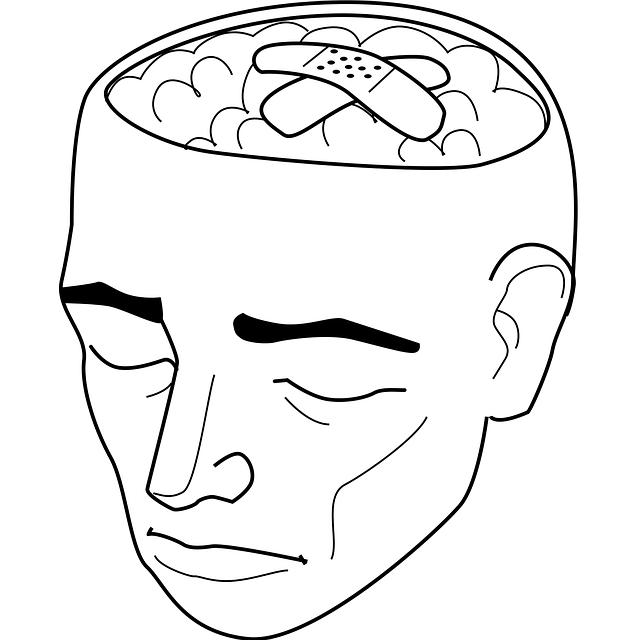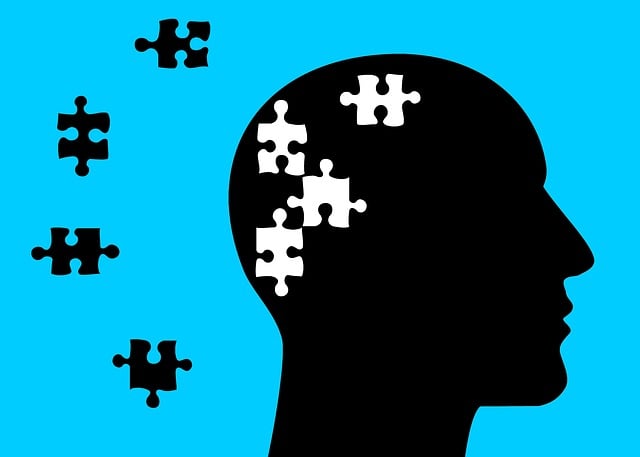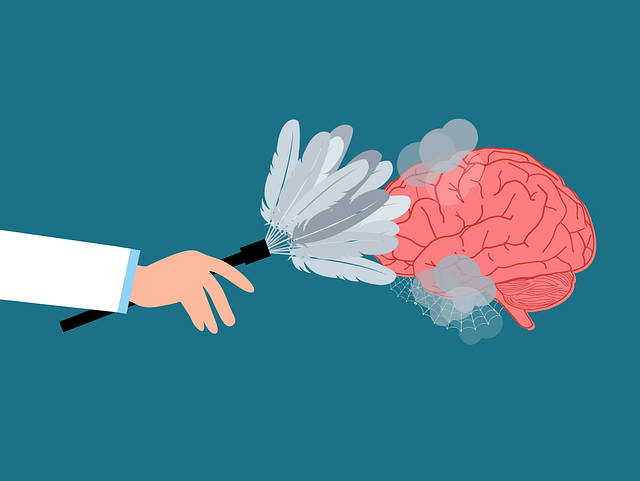Risk assessment is a vital component of therapy for young children, adolescents, and teens, focusing on identifying and mitigating potential harms. Through comprehensive evaluations of mental health, trauma, substance abuse, and environmental factors, therapists develop personalized interventions and safety plans. This approach, tailored to each age group's vulnerabilities, prioritizes well-being by fostering resilience and promoting positive outcomes. Effective harm minimization strategies, guided by evidence-based practices, empower clients with coping mechanisms while therapists use techniques like active listening and role-playing to enhance communication and reduce risks. Regular monitoring and reviews ensure a dynamic risk management system in both physical and digital environments, addressing emerging challenges in young people's therapy.
Risk assessment and harm minimization planning are crucial components of ensuring safe and effective therapy for young children, adolescents, and teens. This comprehensive guide delves into the essential practices of understanding risk assessment for this vulnerable population, identifying potential harms in therapeutic settings, developing tailored minimization strategies, and implementing robust monitoring systems. By following these steps, professionals can create a supportive environment that fosters growth while mitigating risks.
- Understanding Risk Assessment for Young Individuals
- Identifying Potential Harms in Therapeutic Settings
- Developing Effective Minimization Strategies
- Implementing and Monitoring a Comprehensive Plan
Understanding Risk Assessment for Young Individuals

Risk assessment is a vital process in understanding and mitigating potential harms for young individuals, especially those seeking therapy for young children, adolescents, and teens. It involves a comprehensive evaluation of various factors that may contribute to a young person’s vulnerability or exposure to danger. By assessing risks such as mental health concerns, trauma history, substance abuse, or environmental factors, professionals can develop targeted interventions. This proactive approach is crucial in the field of mental health policy analysis and advocacy, ensuring that support systems are in place to foster resilience and promote positive outcomes for this vulnerable population.
In therapy settings, risk assessment helps tailor treatments like social skills training and self-care practices to meet individual needs. It allows therapists to create personalized safety plans, anticipate potential triggers, and implement strategies to minimize harm. This process is not merely a one-time evaluation but an ongoing practice that adapts as the young person’s circumstances change, ensuring their well-being remains a top priority.
Identifying Potential Harms in Therapeutic Settings

In therapeutic settings catering to young children, adolescents, and teenagers, identifying potential harms is a meticulous process that requires thorough consideration. This involves recognizing the unique vulnerabilities associated with each age group and understanding how various factors can negatively impact their emotional healing processes. For instance, young children might struggle with expressing their feelings or fears due to their limited communication skills, while adolescents could face challenges related to peer pressure or identity formation. Healthcare provider cultural competency training plays a pivotal role here, as it equips professionals with the knowledge and sensitivity to address these nuances effectively.
The assessment should encompass not just the individual’s current state but also their past experiences and environmental influences. Effective harm minimization planning involves implementing evidence-based communication strategies that foster open dialogue. By creating safe spaces where every voice is heard, therapists can anticipate potential harms and develop proactive interventions tailored to each client’s unique needs. This holistic approach ensures that therapeutic interventions are not only effective but also enhance the overall well-being of young individuals as they navigate their emotional healing processes.
Developing Effective Minimization Strategies

Developing effective minimization strategies is a critical aspect of risk assessment and harm reduction planning for therapy involving young children, adolescents, and teens. These strategies aim to foster resilience and promote healthy coping mechanisms while mitigating potential risks. By integrating evidence-based practices, therapists can design tailored interventions that address specific challenges faced by this age group. For instance, self-awareness exercises can empower individuals to recognize triggers and emotional responses, enabling them to make informed choices. Empathy building strategies, such as role-playing scenarios, encourage understanding and perspective-taking, thereby enhancing social connections and reducing conflicts.
Communication plays a pivotal role in harm minimization. Effective communication strategies ensure that therapy sessions are inclusive and safe spaces for expression. Therapists should employ active listening techniques to validate clients’ feelings and experiences, fostering an environment of trust. Additionally, teaching communication skills allows young individuals to articulate their needs, set boundaries, and seek support when facing distressing situations. These proactive measures contribute to the overall well-being of the clients and ensure that therapy remains effective in promoting positive development despite potential risks.
Implementing and Monitoring a Comprehensive Plan

Implementing a comprehensive risk assessment and harm minimization plan is an essential step in ensuring the safety and well-being of young children, adolescents, and teenagers in therapy settings. This process involves meticulously evaluating potential risks within the organization and developing tailored strategies to mitigate them. It encompasses various aspects, from physical environments to online platforms used for counseling sessions, especially with the increasing trend of remote therapy during the digital era.
Monitoring is a critical component that requires ongoing vigilance. Regular reviews of the plan’s effectiveness should be conducted, incorporating feedback from both professionals and clients. By fostering an environment that prioritizes emotional intelligence and stress management workshops within the organization, mental health professionals can enhance their risk management planning. This proactive approach ensures that any emerging issues are addressed promptly, allowing for a dynamic and responsive system that adapts to evolving challenges in providing therapy for young individuals.
Risk assessment and harm minimization planning are essential components of providing safe and effective therapy for young children, adolescents, and teens. By understanding potential risks, identifying specific harms in therapeutic settings, and developing robust minimization strategies, professionals can create comprehensive plans that protect clients and foster positive outcomes. Implementing and monitoring these plans is crucial to ensure the safety and well-being of vulnerable individuals, allowing them to navigate their therapeutic journeys with reduced risks and increased support.











